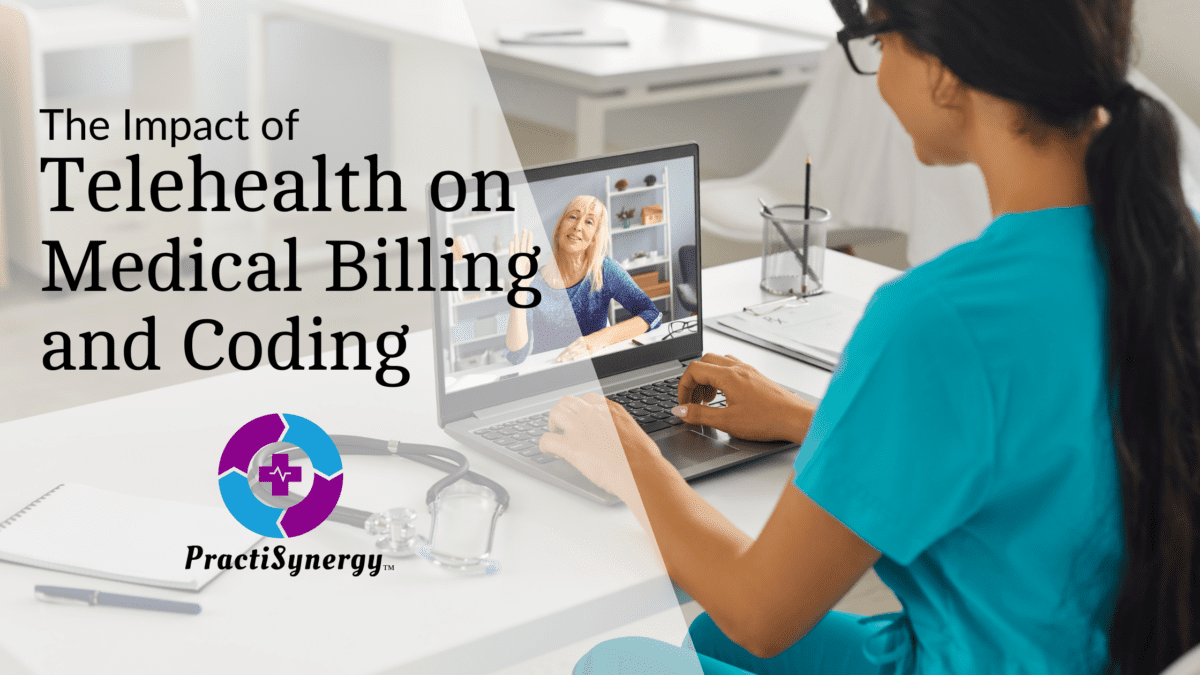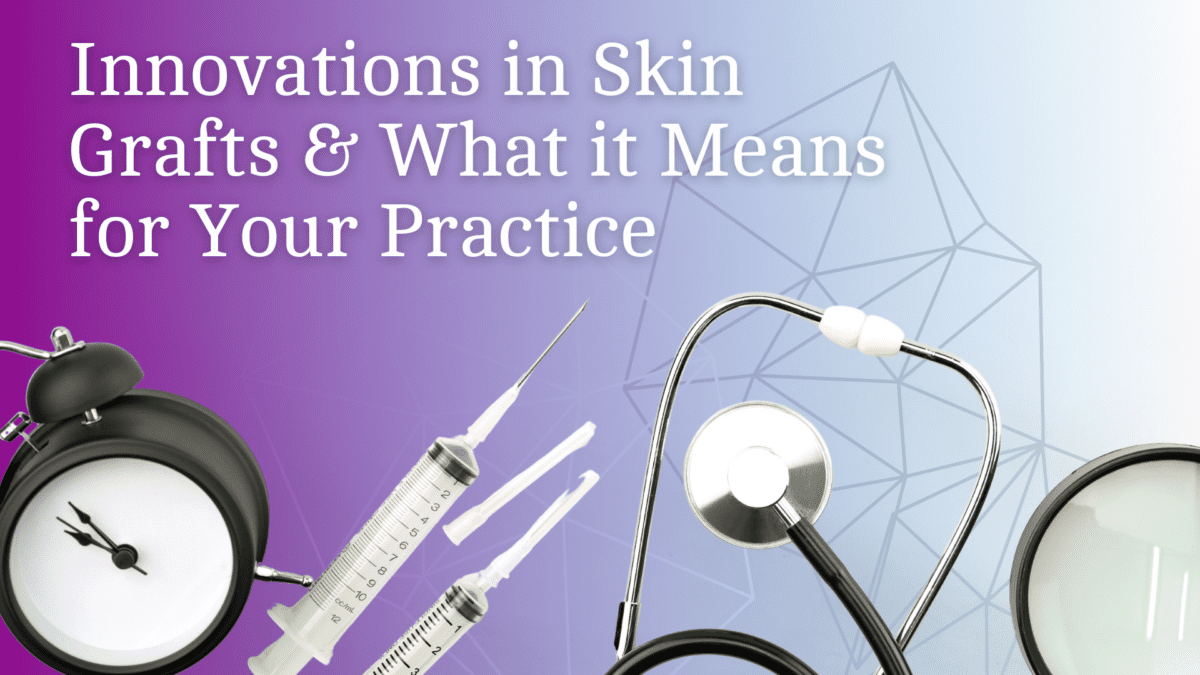How does telehealth affect medical coding and billing?
Telehealth services have revolutionized the healthcare industry by providing patients with access to healthcare services remotely. This trend has had a significant impact on medical coding and billing processes. In terms of coding, professionals must accurately assign telehealth codes based on the services provided during a virtual visit. This requires a clear understanding of telehealth coding guidelines to ensure proper documentation and billing.
When it comes to billing, telehealth services require specific billing procedures to ensure proper reimbursement. Understanding the nuances of telehealth billing is crucial to avoid billing errors and ensure timely payments. Effective management of the revenue cycle in telehealth settings is essential for streamlining the billing and coding processes.
Telehealth has streamlined the way medical services are provided and billed for. In the realm of coding, professionals must navigate through telehealth-specific codes such as HCPCS codes. These codes help identify the services provided via telehealth, allowing for accurate billing. On the other hand, effective billing in telehealth requires adherence to specific reimbursement guidelines to ensure that healthcare providers are compensated for the services rendered.
Revenue cycle management in telehealth settings involves overseeing the entire process from scheduling appointments to receiving payments. Professionals must ensure that telehealth services are billed correctly to prevent revenue cycle disruptions. By staying up-to-date with the latest coding and billing practices related to telehealth, healthcare facilities can optimize their revenue cycle and improve financial outcomes.
What are the reimbursement challenges in telehealth services?
Telehealth services face various reimbursement challenges, especially concerning medicare coverage. Providers need to navigate through complex medicare telehealth billing regulations to ensure compliance and maximize reimbursement. Implementing best practices in telehealth billing can help address these challenges and optimize reimbursement.
Understanding the different protocols for telehealth reimbursement is crucial for healthcare providers to capture the full value of the services provided. It’s essential to stay informed about the latest reimbursement policies and adhere to best practices to minimize claim denials and delays in payments.
Reimbursement challenges in telehealth services require healthcare providers to navigate through a complex landscape of regulations and policies. Medicare coverage for telehealth services is continually evolving, and staying updated on the latest changes is crucial for ensuring proper reimbursement. Providers need to implement best practices in telehealth billing to optimize revenue and address reimbursement challenges effectively.
Telehealth billing processes require meticulous attention to detail to avoid claim denials and ensure prompt reimbursements. That’s why PractiSynergy is here; we’ll pay attention to those little details in your medical billing and coding so you can focus on your practice.










